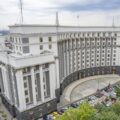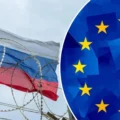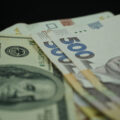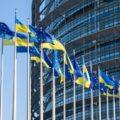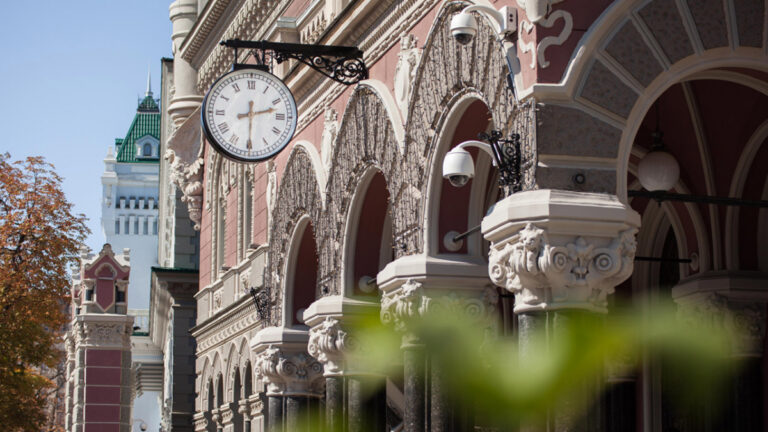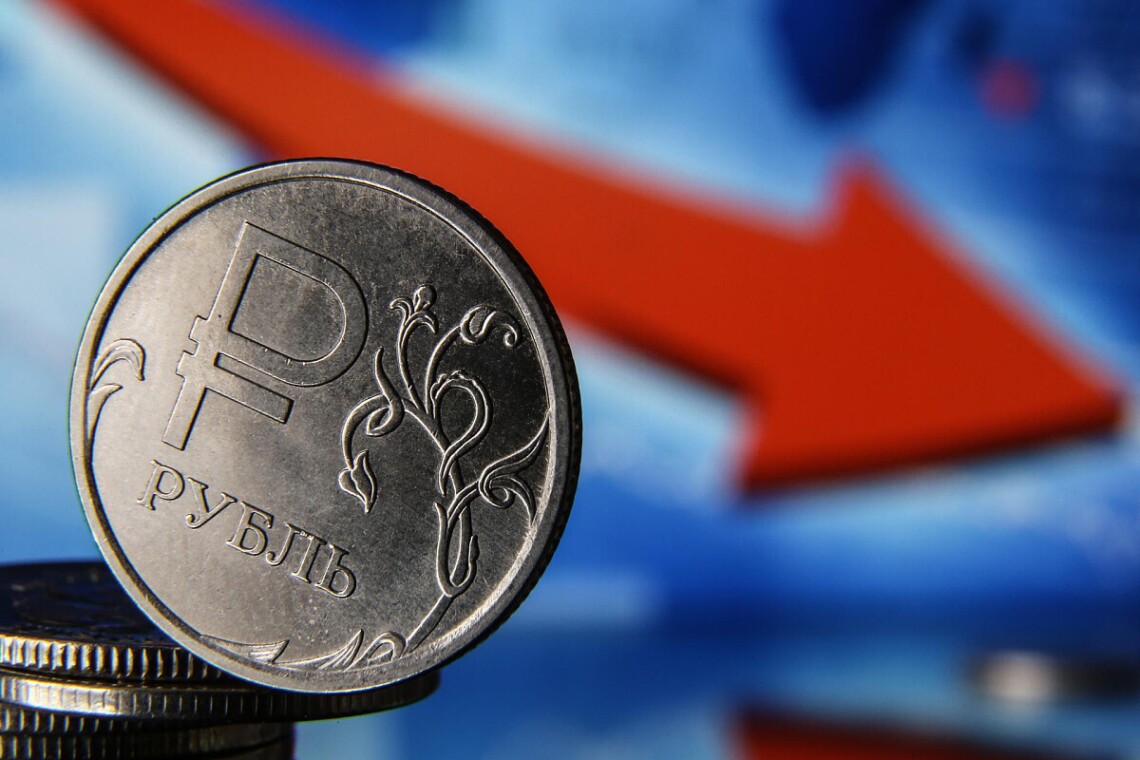
Russian economy in 2025: war priorities, systemic cracks, and the decline of civilian industries
When the world first imposed sanctions on Russia, most analysts doubted that the country’s economy would survive more than a year without serious damage. Yet, for a third year, the Russian government claims financial stability, and Putin insists on “adapting to external challenges.” But by 2025, structural problems have emerged that no propaganda can hide.
“Cracks in the $2 trillion economy are now entirely obvious,” Bloomberg reports.
The defining feature of the Russian economy today is the priority given to military spending. In 2025, the defense budget reached historic highs over 40% of state expenditures go to the army, state contracts, and the maintenance of occupied territories. The remaining sectors are left “on starvation rations.”
The term “war economy” refers to the mobilization of all available resources for the benefit of the defense industry, at the expense of the civilian sector. This choice has clear consequences:
- Domestic demand is shrinking: according to the Association of European Businesses, car sales in June 2025 fell by 30%.
- Civilian industry is contracting: metallurgy, coal mining, construction all suffer from lost export markets and shortages of modern equipment.
- Economist Sofia Donets (T-Investments) notes: “Only a narrow group of sectors with state orders and defense are showing growth. All the rest are in decline.”
Monetary Policy: Interest Rate vs. Real Inflation
The Central Bank of Russia in 2025 lowered its key rate twice in a row first from 21% to 20%, then to 18%. This is an unusual step for an economy with double-digit inflation. The reason is the threat of a sharp downturn, rising unemployment, and an increase in unpaid loans.
“There is growing evidence of challenging times across multiple sectors of the Russian economy,” comments Alex Kokcharov, analyst at Bloomberg Economics.
The term “key rate” refers to the base interest rate at which the Central Bank lends to commercial banks. It sets the cost of money in the country and affects loans, inflation, and investment activity.
The Credit Market and a Shadow Banking Crisis
Indirect data point to deep problems in the financial sector:
- Non-performing loans are on the rise: the heads of major banks are privately discussing the need for state support. The real quality of loan portfolios is worse than officially reported. (Bloomberg News, Business Insider, 2025)
- The banking system risks repeating the crisis of the 1990s: high interest rates reduce the availability of loans, the number of “bad” loans increases, and financial stability is supported only by government intervention.
The Resource Trap: “Second Oil” No Longer Saves the Day
From 2022-2024, oil and gas provided relative budget stability.
However, in 2025:
- The coal industry has lost key markets and technology suppliers.
- Metallurgy is in decline: steel mills are cutting production due to falling domestic demand and export restrictions.
- The state is forced to increase tax pressure and seize private assets: in the past year alone, the value of confiscated businesses has tripled (Reuters analysis, 2025).
Post List
Domestic Business and Nationalization
- Since 2024, the Russian government has moved toward a policy of practically nationalizing private assets, under the pretext of sanctions or “protecting state interests.”
- This breeds distrust among entrepreneurs and leads to capital flight.
- “Business is sounding the alarm, but it does not seem the Kremlin is listening,” Bloomberg notes.
The term “nationalization” refers to the forced transfer of private property to state ownership, with partial or no compensation, often during crises or political conflicts.
Geo-Economic Isolation: China and India Don’t Save the Day
- Russia has reoriented its energy exports toward China and India, but the volumes and prices do not compensate for the loss of the EU market.
- A shortage of high-tech components and Western investment makes it impossible to modernize industry.
- At the same time, Russia faces pressure due to “gray import flows” and sanctions even from some Asian partners.
The Model Has Exhausted Itself
- The Russian economy in 2025 presents outward stability, but deep structural flaws are apparent.
- Wartime inertia keeps only a few state-backed sectors afloat; the rest are stagnating or declining.
- The financial system is on the edge, while the “everything for the front” policy is destroying the civilian sector.
“Putin doesn’t care if sales fall, coal mining slows, or logging declines. His goal is a place in military history, even if the price is the country’s future,” Kokcharov concludes.
Explanations of terms:
- Key rate the main tool for influencing loan costs and the money supply.
- Nationalization the transfer of private property to state ownership.
- War economy a model where all resources are subordinated to the needs of the military.





